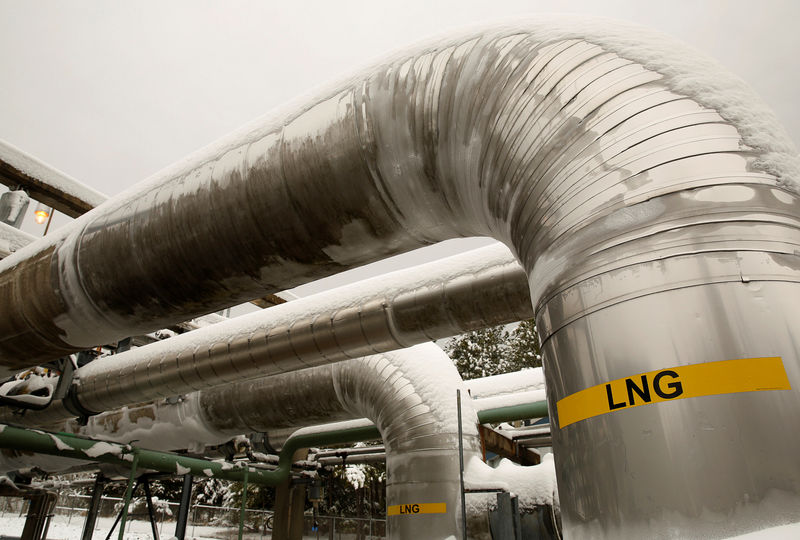Investing.com - Natural gas futures were lower on Thursday, maintaining losses despite data showing that domestic supplies in storage fell more than forecast last week.
Front-month U.S. natural gas futures shed 2.1 cents, or around 0.8%, to $2.638 per million British thermal units (btu) by 10:45AM ET (1545GMT). Futures were at $2.649 prior to the release of the supply data.
The U.S. Energy Information Administration said in its weekly report that natural gas storage in the U.S. fell by 124 billion cubic feet (bcf) in the week ended Feb. 16, above forecasts for a withdrawal of 121 bcf.
That compared with a decline of 194 bcf in the preceding week, a fall of 89 bcf a year earlier and a five-year average drop of 145 bcf.
Total natural gas in storage currently stands at 1.760 trillion cubic feet (tcf), according to the U.S. Energy Information Administration.
That figure is 609 bcf, or around 25.7%, lower than levels at this time a year ago, and 412 bcf, or roughly 19.0%, below the five-year average for this time of year.
Natural gas futures settled higher for the second day in a row on Wednesday, boosted by forecasts for a bump in late-winter heating demand.
Despite this week's gains, market experts warned that futures are likely to remain vulnerable in the near-term as the coldest part of the winter has effectively passed.
Natural gas prices are down almost 30% since late January amid speculation the end of the winter heating season will bring warmer temperatures throughout the U.S. and cut into demand for the fuel.
Spring usually sees the weakest demand for natural gas in the U.S, as the absence of extreme temperatures curbs demand for heating and air conditioning.
The heating season from November through March is the peak demand period for U.S. gas consumption.
